1. The 5 A's
1.1. Ask
1.1.1. "What is the clinically relevant question/problem?"
1.1.1.1. PICO
1.1.1.1.1. P: patient/population/problem
1.1.1.1.2. I: intervention
1.1.1.1.3. C: comparison
1.1.1.1.4. O: outcome
1.1.2. Consider socioeconomic factors that can influence patient decisions
1.1.3. Consider medical factors that can influence patient decisions
1.2. Acquire
1.2.1. Search for evidence: Start with tertiary resources, then secondary, then primary
1.2.1.1. Primary resources
1.2.1.1.1. Observational and experimental studies, meta-analysis, clinical trials
1.2.1.2. Secondary resources
1.2.1.2.1. PubMed (FLITE Library), Cochrane Library
1.2.1.3. Tertiary resouces
1.2.1.3.1. Drug compendia (i.e. Micromedex, Lexi-Comp, Natural Medicines), textbooks (i.e. AccressPharmacy, Dipiro), review articles, guidelines
1.2.2. Determine which types of studies to use
1.2.2.1. Randomized controlled trials (RCTs), case-control, cohort, case report/series, meta-analysis
1.3. Appraise/analyze
1.4. Apply
1.4.1. Consider patient's values and preferences
1.4.2. Consider context (for both patient specific and non-patient specific questions)
1.4.3. Consider why this question was asked
1.4.3.1. Reliable resources
1.4.3.2. Unreliable resouces
1.4.3.2.1. Sketchy internet resources, television shows (e.g. Dr. Oz, The Doctors)
1.5. Assess
1.5.1. Identify audience's health literacy
2. Components
2.1. Clinicians
2.1.1. Judgement
2.1.2. Experience
2.2. Patients
2.2.1. Preferences
2.2.1.1. Insurance coverage
2.2.2. Values
2.2.2.1. Religious beliefs
2.2.2.2. Cultural background
